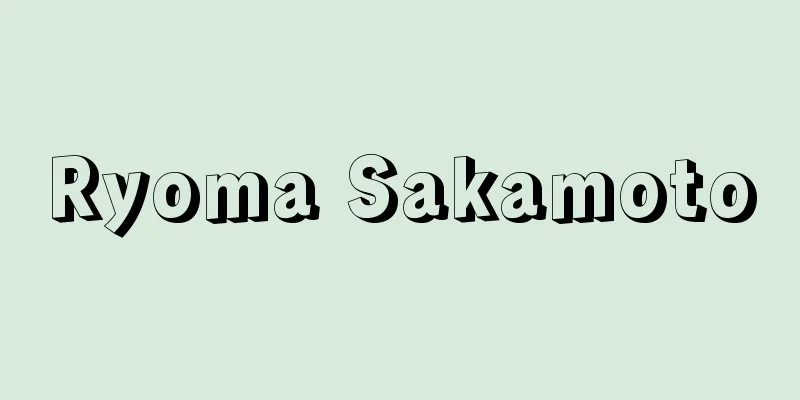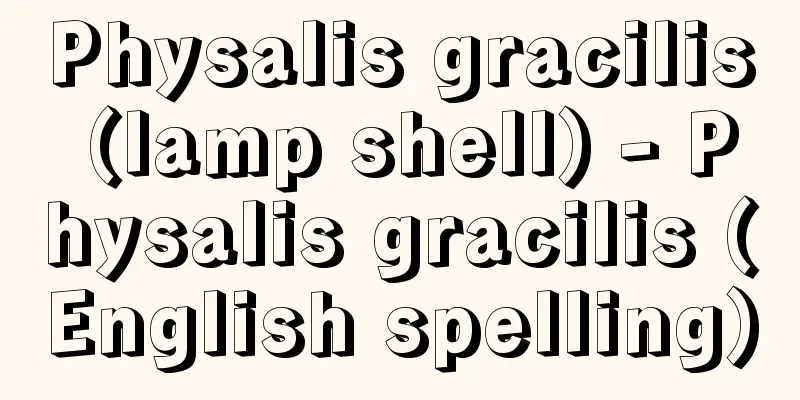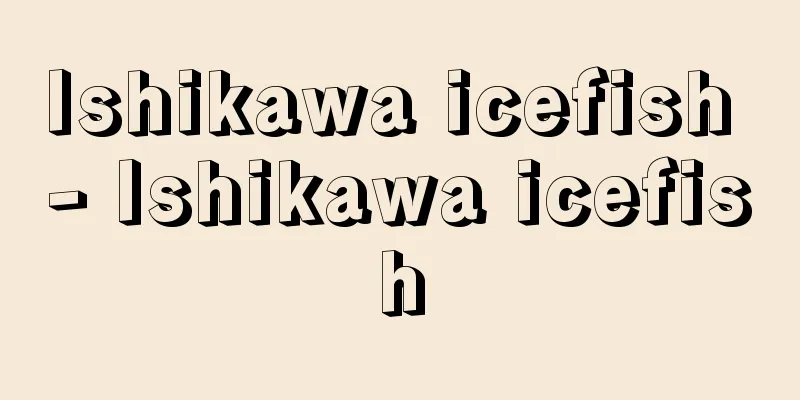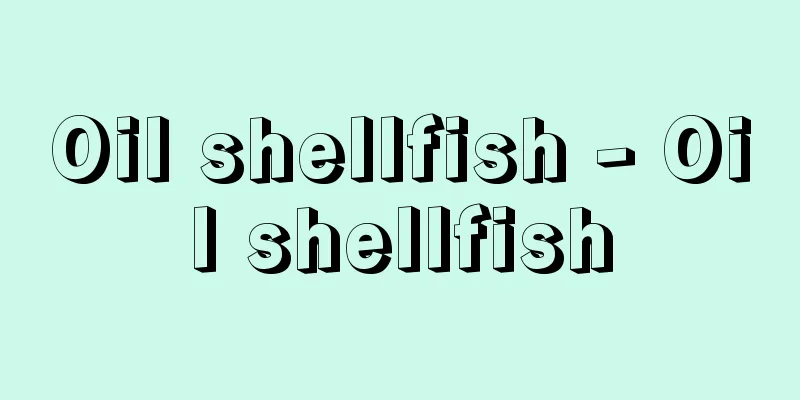Flagellant (English spelling)

|
A heretical Christian movement in the Middle Ages. Originally, flagellation was a punishment for breaking rules, but later it came to be used as a means of penance and repentance. The first mass instances of flagellation were in 13th-century Italy, where people performed flagellation to warn of the approaching end of the world and denounce moral decadence. In 1261, it was banned as being against Christian doctrine. The largest scale was in 1348, during the Black Death (plague) pandemic. Source: Heibonsha World Encyclopedia, 2nd Edition Information |
|
中世における異端的キリスト教運動の一つ。本来,鞭打ちは規則違反に対する懲罰であったが,のちにこのことから逆に,苦行と改悔の手段として採用されるようにもなった。13世紀イタリアにおいて,世界終末の接近を警告し,道徳的退廃を非難して鞭打ち苦行を行ったものが,最初の集団的な事例である。1261年には,キリスト教教義に反するものとして禁じられている。1348年,黒死病(ペスト)の大流行に際してのものが,とりわけ大規模であった。
出典 株式会社平凡社世界大百科事典 第2版について 情報 |
>>: Unsecured Bonds - Muthamposhasai
Recommend
《Kaiawase》 - Kaiawase
...Kana Monogatari. It is a collection of short s...
The Great Bungo-Choshu Rebellion
A peasant uprising occurred in the Choshu domain d...
Value-rational action
… When rationality is considered at the level of ...
single reception
...A method of combining or switching between two...
Pulmonary valve
…Each valve consists of three semicircular cusps....
Gas cell
…The pressure has a large effect on the equilibri...
Acta senatus (English spelling)
...Today, many newspaper companies apply this spe...
Gifford Pinchot
1865‐1946 American politician and the first profes...
Suenaga Takezaki
A vassal of the late Kamakura period. He was call...
Obaku sect
It is one of the three sects of Japanese Zen Budd...
Kyokatabira - shroud
These funeral clothes are made of white cotton an...
Limit design method
A general term for a method of designing a structu...
Combat Simulator
A type of ground training device for aircraft. Whi...
Asian noodles - Ajiamen
… [Types and propagation] There are about 37 kind...
Tommaso Landolfi
Italian novelist. Born in Vico in central Italy. ...









